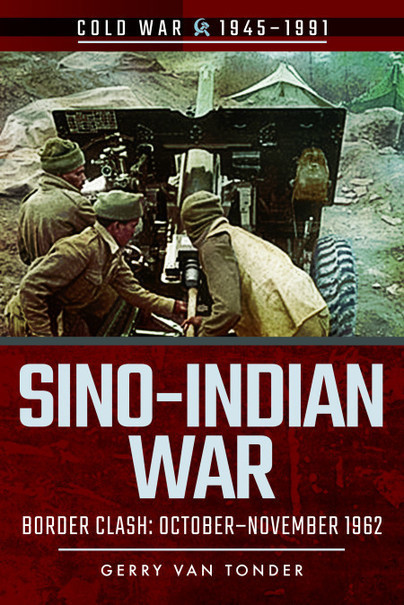SINO-INDIAN WAR - Border Clash: October–November 1962
COLD WAR 1945-1991
Autore: Gerry van Tonder
Codice: 220698015
For a hundred years, British and Chinese territorial claims in the Himalayas conflicted, with Indian historians claiming that the region was the fountainhead of Hindu civilization. In the halcyon days of the Raj, London saw Afghanistan and Tibet as buffers against Russian and Chinese imperialism. In 1913, an ephemeral agreement between Britain, Tibet and China was signed, recognizing the McMahon Line as the border of the disputed territory. China, however, failed to ratify the agreement, while India protested against a loss of historical land.
After the Second World War, India became independent of Britain and Chinese Communists proclaimed a people’s republic. Despite cordial overtures from Indian Prime Minister Nehru, in late 1950 the Chinese People’s Liberation Army (PLA) invaded Tibet. In the ensuing twelve years, Indian diplomacy and Chinese ‘cartographic aggression’ were punctuated by border incidents, particularly in 1953 when armed clashes precipitated a significant increase in the disposition of troops by both sides. In the spring of 1962, Indian forces flooded into the Ladakh region of the state of Jammu and Kashmir, to check the Chinese.
In a spiralling game of brinkmanship, in September, ground forces were strategically deployed and redeployed. On 10 October, thirty-three Chinese died in a firefight near Dhola.
Embittered by Moscow’s support of India against a sister communist state, and in a bid to clip Nehru’s belligerent wings, on 20 October, the PLA launched a two-pronged attack against Indian positions.
INGLESE
20 foto a colori e 60 in bianco e nero
136
16 x 23


